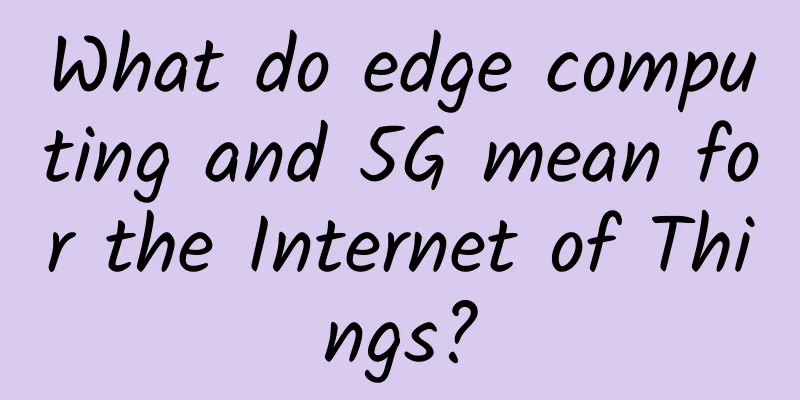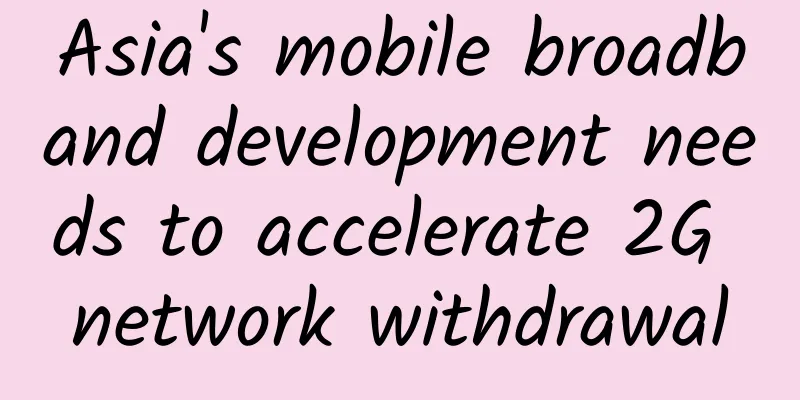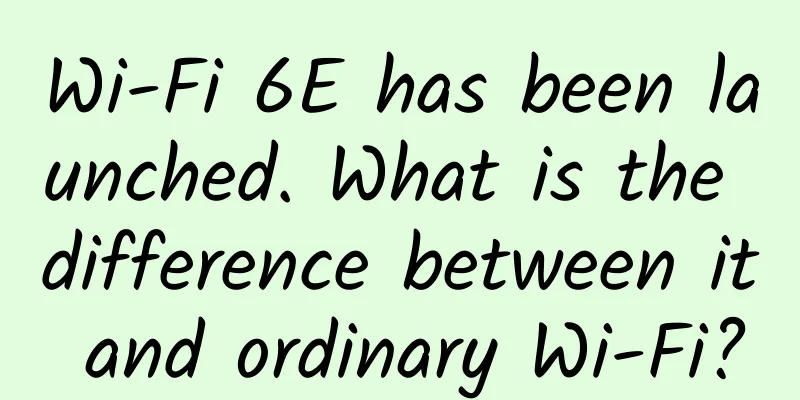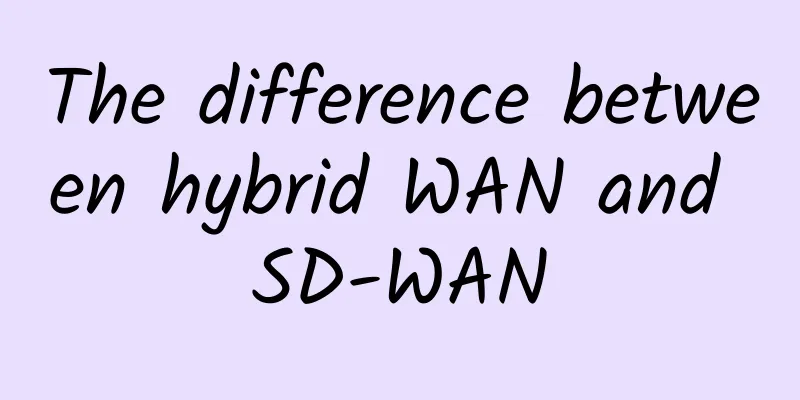What do edge computing and 5G mean for the Internet of Things?

|
Most IoT architectures in the business world are complex. At a minimum, they usually require some kind of intelligent gateway to filter and aggregate data from sensor networks or take real-time actions based on the data. The most complex IoT environments have many more layers to handle complex business rules and events, security, large amounts of data, and redundancy. Distributed computing architectures and the way the network ties the architecture together are extremely important. This is where edge computing and 5G come in. What are the advantages of edge computing? Edge computing covers many industries and applications, including the Internet of Things. Edge computing is about distributing application data and services in the most efficient way. This usually means configuring them closer to the user or edge device. In the context of the Internet of Things, this may mean locating smart gateways or even computer clusters outside of traditional data centers. It also includes more traditional forms of distributed computing, such as remote branch offices and distributed retail. One way edge computing has evolved from a narrower IoT concept is to recognize that edge computing must be part of an organization's broader hybrid cloud strategy. From edge devices to the network to the centralized data center, this strategy requires a certain consistency across the hybrid cloud. Designing an architecture for edge computing requires considering parameters such as bandwidth, latency, network reliability, and cost. This has always been the case with major IoT projects. However, considering the trade-offs in the context of enterprise IT architecture means considering more operational issues beyond specific IoT silos. A recent discussion at the virtual MIT Enterprise Forum Connected Things event in May illustrates this broad idea well. Joe Biron, CTO and general manager of IoT at PTC, noted that IoT often involves the convergence of IT and OT. This can mean putting computers near the devices you want to monitor and control. “Do I want to get all the gear out in the factory? Maybe centralize the training? The trouble with the room is that the distributed architecture has to be as automated as possible,” Biron said. The convergence of edge IT and OT presents other challenges as well. Biron noted that devices such as edge gateways may be replaced every three years in a similar manner to regular IT equipment. As a result, there is no need to build capabilities that extend beyond that time frame. On the other hand, the long lifecycle of specialized hardware (such as ATMs) should make you consider future-proofing your designs with communications links (such as 5G) and other key technologies, regardless of whether you can fully exploit them immediately. 5G IoT and 5G are often lumped together with edge computing. As we’ve seen, IoT is best viewed as an important application of edge computing, with 5G being one of the most important related enabling technologies. 5G means you don’t have to put as much stuff at the edge. “There’s an argument for better connectivity, and that you may not need to rethink your distributed architecture,” said Frank Gillett, vice president and principal analyst at Forrester. The reason is that 5G can speed up the communication between edge devices and central systems, thereby enabling an IoT architecture that does not rely on heavy processing at the distributed edge. “Of course, it’s never going to be zero latency and unlimited bandwidth,” Gillett said. This is meant to warn against putting too much faith in 5G, or any other technology, as a panacea for the challenges of distributed computing. Hardware in remote locations will fail, and network links will be disrupted. You may need to marshal data for transmission back to the data center. Local actions to quickly respond to events may require local decisions. Finally, there is so much data generated locally, much of it redundant, that it is simply not useful or economically feasible to send all of it to a centralized location (where much of it will go unused). The overall trend in hybrid cloud has been toward pushing computing technology out to the edge, with many companies now spending more on network, computing and storage resources at edge locations than on upgrades in core data centers. 5G implementations themselves are often edge architectures that support software-defined networking and other capabilities. Edge computing is the next step in the transformation journey of telecom vendors, which began with OpenStack and continues to evolve with container platforms such as OpenShift toward distributed architectures. Final Thoughts Wireless networking technology always influences the choices we make when designing architectures to solve business problems, and 5G is no exception. It may even have a greater impact than many other technologies. However, it is best viewed as just one technology element among many in edge architecture. The development of edge concepts will also impact IoT. Many edge examples involve IoT at least in part, highlighting how edge is bringing distributed computing concepts to the hybrid cloud strategies of many organizations. |
>>: Breaking the “lack of core and soul”, my country successfully developed 5G millimeter wave chips
Recommend
The industry chain works together to make great progress in 5G messaging
2020 is a critical year for my country's 5G c...
How many IP addresses are there in China?
The topic we are going to talk about today is abo...
How to make the integrated wiring system more reasonable?
The integrated wiring system is a wiring system s...
5G network frequency band allocation is in turmoil again. Will the country allow spectrum resource auctions?
The recently revised "Radio Management Regul...
Animation: How does a browser work?
For most of the front-end developers interviewed,...
LOCVPS New Year Special: 2GB memory package in Hong Kong/Japan data center starting from 252 yuan/year
LOCVPS (Global Cloud) launched its first promotio...
TmhHost 30% off: Hong Kong CN2/Los Angeles CN2/Los Angeles High Defense/Japan SoftBank VPS monthly payment starts from 24 yuan
TmhHost is a Chinese hosting company founded in 2...
Related steps of network construction and problem solving
The basic process of network construction include...
Huawei Software Development Cloud helps improve WeChat mini-program code quality
In the early morning of January 9, after more tha...
Understanding TCP/IP protocol stack HTTP2.0
[[332931]] 1 Introduction Today, let's study ...
Single Sign On (Single Sign On) is enough to read this article
[[347603]] background In the early stages of ente...
BudgetVM: $29/month - 4GB/200GB/100Mbps unlimited traffic/high security/Los Angeles & Japan data centers
It has been exactly one year since I last shared ...
The battle between local deployment and cloud-managed WLAN architecture
Enterprises that need to upgrade their traditiona...
In 2018, Huawei invites ecosystem partners to jointly stimulate the unlimited potential of the ecosystem
[51CTO.com original article] At 9:30 am on March ...
F5 is committed to being a "general practitioner" protecting hospital applications by taking a two-pronged approach of safety and reliability
At a time when all walks of life are experiencing...









